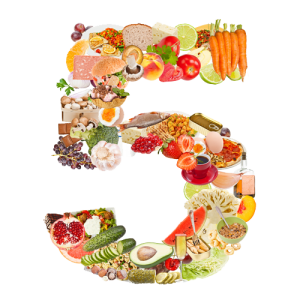

The Caribbean six food groups are staples, legumes, animal foods, fruits, vegetables, and fats and oils ( 5). These foods are represented in the Caribbean Food and Nutrition Institute’s (CFNI) Six Food Groups guidelines and multi-mix principle, though these dietary standards haven’t been updated in 20 years ( 5). Yet, there are many nutritionally diverse, healthy foods in this region. This lack of local representation may inadvertently send the message that Caribbean foods are unhealthy. Department of Agriculture’s (USDA) MyPlate often dominate nutrition discourse ( 4). Save the truly decadent treats, such as cakes and chocolate, for special occasions such as birthdays.Although governments across the Caribbean offer guidelines for nutritionally balanced meals, mainstream Western eating patterns like the Mediterranean diet or the U.S. Try homemade banana bread if you want to serve something special. Healthy options include sliced fruit and yogurt. The same can be said about dessert at the end of a meal. Nuts, cheese, low-fat yogurt, and fresh fruit or vegetables – for example, carrot and celery sticks with dips like hummus, guacamole, or tzatziki – can all be included. Encourage your child to select snacks from the nutritious food groups. Sweet drinks contain a lot of sugar and few nutrients. Examples include fruit juice, cordials, sports drinks, flavored waters, soft drinks, and flavored milk. You should also limit your child’s consumption of sugary beverages. Regular consumption of these foods may increase the risk of developing health problems such as childhood obesity and type 2 diabetes. Cakes, chocolate, biscuits, doughnuts, and pastries are also included.įoods can sometimes be high in salt, saturated fat, and sugar while being low in fiber. This means that there are some foods and beverages to avoid such as Fast food, takeaway, and junk food such as hot chips, cola, potato chips, dim, pies, burgers, and takeaway pizza are examples of ‘occasional’ foods. It is best to limit your child’s consumption of ‘occasional’ foods. Fluoride is added to most tap water to promote tooth strength. Water is a nutritious beverage for children. Iron and omega-3 fatty acids found in red meat and oily fish are especially beneficial to your child’s brain development and learning. Other beneficial vitamins and minerals found in these foods include iron, zinc, vitamin B12, and omega-3 fatty acids. These Proteins are essential for children muscle development and growth. Protein-rich foods include lean meat, fish, chicken, eggs, beans, lentils, chickpeas, tofu, and nuts. If you’re thinking about giving your child dairy alternatives, consult with your pediatrician, general practitioner, or child and family health nurse first. Children over the age of two can consume low-fat dairy products. Try to provide your child with a variety of dairy products every day, such as milk, cheese slices, or yogurt bowls. These foods are high in protein and calcium. Milk, cheese, and yogurt are the most important Dairy products for child with reduced fat. Wholegrain pasta and breads with a low glycaemic index will provide your child with longer-lasting energy and keep them feeling fuller for longer. These foods provide the energy that children require to grow, develop, and learn.
#Five key food groups skin
This includes both fresh and cooked fruits and vegetables of various colors, textures, and flavors.įruit should be washed to remove dirt or chemicals, but any edible skin should be left on because it contains nutrients.īread, pasta, noodles, breakfast cereals, couscous, rice, corn, quinoa, polenta, oats, and barley are examples of Kid’s grain foods. Encourage your child to eat fruits and vegetables at all meals and snacks.

These nutrients protect your child from diseases later in life, such as heart disease, stroke, and some cancers.

Fruits and vegetables provide energy, vitamins, anti-oxidants, fiber, and water to your child. We can never deny Significance of fruits and vegetables for kids health. That is why we need to consume foods from all five food groups.įruits and vegetables are essential for children. A wide variety of fresh foods from the five food groups are included in healthy food for school-age children:Įach food group contains different nutrients that your child’s body requires to grow and function properly.


 0 kommentar(er)
0 kommentar(er)
